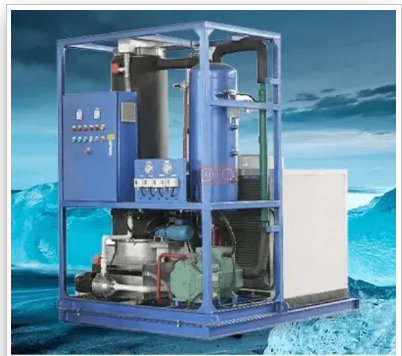Affordable Solutions for Efficient Cold Storage of Fresh Vegetables and Improved Shelf Life
Low-Cost Cold Storage for Vegetables
In modern agriculture, the importance of preserving the freshness and quality of vegetables cannot be overstated. Increased urbanization and a shift towards a more health-conscious population have led to heightened demand for fresh produce. However, one of the most significant challenges faced by farmers and distributors is the storage of vegetables without incurring high costs. Implementing low-cost cold storage solutions can play a crucial role in addressing this issue, ensuring that vegetables remain viable for extended periods without spoilage.
Cold storage facilities have traditionally been associated with high costs due to refrigeration and maintenance. However, innovative approaches are emerging to create affordable options that are accessible, particularly for smallholder farmers in developing regions. The objective of low-cost cold storage is to maximize efficiency while minimizing expenses. Here are some methods and technologies that have shown promise in achieving this goal.
1. Utilization of Natural Refrigeration Techniques
One of the most effective low-cost solutions involves utilizing natural cooling methods. Underground storage, for instance, leverages the cooler temperatures found beneath the earth's surface. Constructing pits or storage units below ground can help maintain a more stable temperature, effectively extending the shelf life of vegetables. Additionally, evaporative cooling systems, which utilize the principles of evaporation to reduce temperature, are increasingly popular in many regions. These can be constructed using locally sourced materials such as clay, bamboo, and tarpaulins, making them a sustainable and cost-effective option.
2. Improving Storage Structures with Insulation
Another cost-effective approach to cold storage is improving existing storage structures through proper insulation. Simple yet effective methods include using insulated walls made from locally available materials or applying reflective coatings on roofs to lower temperatures inside the storage unit. These modifications can dramatically reduce the need for mechanical cooling, lowering energy costs and making the system more affordable to operate.
3. Community-Based Cold Storage Initiatives
low cost cold storage for vegetables

Community cooperation can significantly enhance the feasibility of cold storage solutions. Implementing shared cold storage facilities allows multiple farmers to benefit from the technology without bearing the entire financial burden individually. Collaborating on the construction and maintenance of these facilities helps distribute costs and fosters a sense of community support. Moreover, shared facilities can often justify the investment in better technologies, thus improving the overall quality and longevity of the stored vegetables.
4. Utilizing Renewable Energy Sources
Harnessing renewable energy sources such as solar power can help reduce operational costs significantly. Solar-powered refrigeration systems are becoming increasingly popular because they provide an eco-friendly alternative to traditional energy sources. These systems can be integrated into community storage facilities, ensuring that power for cooling is sustainable and can operate even in remote areas where electricity supply is scarce.
5. Training and Capacity Building
In addition to infrastructure, it is equally important to invest in training farmers and stakeholders on best practices for vegetable storage. Workshops that educate on optimal temperature, humidity controls, and handling practices can lead to reduced waste and improved marketability of vegetables. Empowering local communities with knowledge ensures that the benefits of cold storage solutions are maximized.
Conclusion
Low-cost cold storage solutions for vegetables are not only feasible but essential in today's economic and environmental landscape. By adopting innovative technologies and community-driven approaches, farmers can significantly reduce post-harvest losses, thereby maximizing their profits and ensuring food security. As we continue to face challenges related to food preservation in an increasingly warming world, investing in affordable cold storage solutions will prove to be a vital step towards sustainable agriculture.
-
the-role-of-modern-ice-machines-in-food-beverage-and-industrial-applicationsNewsAug.24,2025
-
next-generation-iqf-solutions-from-small-iqf-freezer-to-emergency-cold-storage-technologiesNewsAug.24,2025
-
advanced-refrigeration-technology-from-airtight-freezer-machine-to-intelligent-cold-storage-solutionsNewsAug.24,2025
-
reliable-cold-storage-rooms-for-sale-and-modern-industrial-refrigeration-solutionsNewsAug.24,2025
-
reliable-coolroom-for-sale-and-advanced-cold-storage-solutionsNewsAug.24,2025
-
cold-room-cost-and-refrigeration-solutions-from-shijiazhuang-xuexiangNewsAug.24,2025






